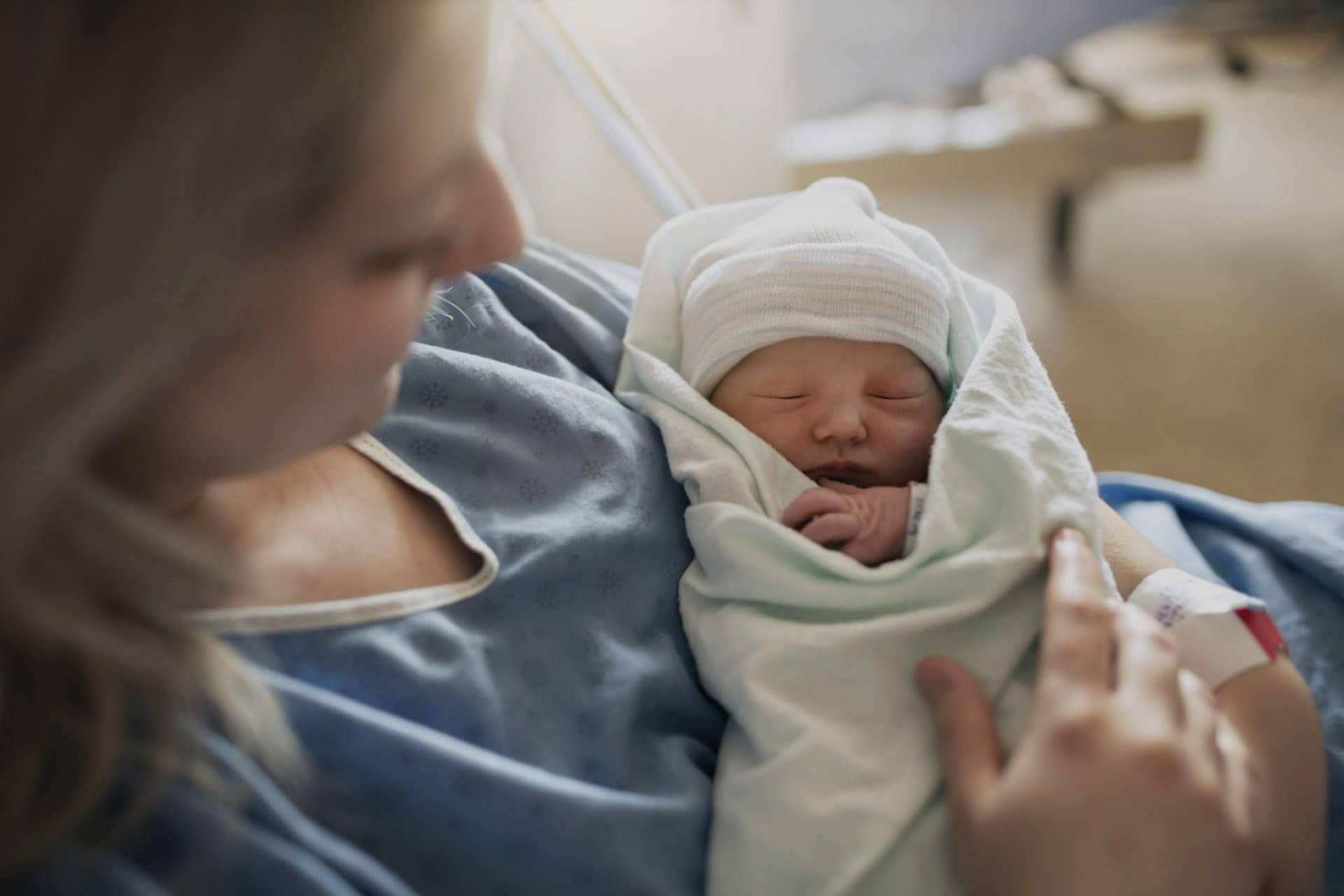Birthing Options for Soon-To-Be Moms

One of the most common questions your Obstetrician-Gynecologist is going to ask is how you would like to deliver your baby. Today’s types of delivery are more varied than they were previously. Types of delivery include natural birth, normal delivery, and cesarean, among others.
However, while the decision on choosing a type of delivery is a personal one, it might be contingent on other factors, such as your health and that of your baby, where your insurance policy applies, and/or where your doctor practices.
Apart from that though, below is a brief overview of the types of birthing options for soon-to-be moms:
Types of birth:
1. Home Birth
For women with low-risk pregnancies, home birth is a safe and relaxing option. It is an unassisted vaginal childbirth option that does not involve an intake of medication but is accompanied with mind and body relaxation techniques to reduce pain throughout the delivery.
Homebirth deliveries are attended by a certified professional and, sometimes, a support professional called a doula.
2. Vaginal delivery without medication
A vaginal delivery with medication might have some negative implications on the health of the mother and that of the baby. A vaginal delivery that does not require medication may be more convenient in order to avoid the potential development of allergic diseases.
3. Assisted childbirth
Assisted childbirth, or birthing with the assistance of an external method, may be used based on the conditions that arise during labor.
- Episiotomy: Episiotomy involves a surgical incision in the area between the vagina and the anus to enlarge the vaginal opening and to prevent tearing of the mother’s skin.
- Amniotomy: Amniotomy is artificially ‘breaking’ the bag of fluid surrounding the baby to induce labor, to place a monitoring device or to check for the baby’s first stool.
- Induced Labor: Induced labor requires starting labor for a number of possible medical conditions or complications that include diabetes, high blood pressure, ruptured membranes, a small baby, or a delayed baby arrival.
- Forceps Delivery: Forceps delivery involves inserting a large spoon to scoop the baby’s head. The remaining part of the body is delivered naturally.
- Vacuum Extraction: Vacuum extraction is done through a small suction cup placed on the baby’s head. The vacuum extraction in addition to the mother’s contractions would assist in releasing the baby from the birth canal.
- Caesarean Section (C-Section): Caesarean section is reserved for when the baby cannot be delivered through the vaginal opening. The procedure requires a surgical incision in the abdomen and in the uterus through which the baby is delivered.
4. Vaginal birth after C-section (VBAC)
If the mother has been through a C-section, she can opt for a vaginal delivery in a subsequent pregnancy given that the C-section incision is low, the pelvis is of the right size, and no further pregnancies are planned.
5. Water childbirth
A water childbirth would have the mother go through the process of childbirth, in part or in full, in a portable tub of water. This process is perceived as a more relaxing and less painful one.
Locations of childbirth:
There are also different options on where to have your baby. You can have your baby:
- at home
- in a birth center
- or at a hospital
If you choose a home or a birth center, then you are most probably going for unassisted childbirth. Hospitals would be an ideal location for assisted childbirth and/or C-sections. Therefore, your choice will need to depend on factors, including your needs and potential, anticipated risks.
Fetal Monitoring:
Fetal monitoring can happen externally or internally to watch the baby’s heart rate and the frequency and duration of extractions.
External monitoring happens with an ultrasound device placed on the abdomen. Internal monitoring happens via a small electrode attached to the baby’s scalp and is often used given that the membrane is ruptured.
Childbirth classes:
Attending childbirth classes can be a great way for you to learn more about labor, delivery, and postpartum care. These classes will also help you establish a connection with your partner, face your fears, and learn some basic techniques to enhance your chances of a seamless delivery.
The most common methods taught in childbirth classes are the following:
- Lamaze Method: The Lamaze Method mostly includes breathing techniques and comfort strategies used during labor. It also delivers a series of classes for the mother and the partner, when possible, as well as provides information about preparing for childbirth.
- Bradley Method: The Bradley Method promotes natural unassisted vaginal birth without the need for medication. It is a 12-week program that includes a reading workbook as well as preparation classes, including the reduction of pain, nutrition, and natural health.
Those little kicks you feel inside and this bubbling excitement to see your newborn are a reminder that you need to make your decision on the type of birthing option you would like to pursue. Don’t rush though! Make sure you know that the decision is yours and always seek professional support should you have further inquiries about any type of birthing method.
Finally, whichever type of birthing option you choose, enjoy the process, and Happy Delivery!
References:
- https://www.nhs.uk/pregnancy/labour-and-birth/preparing-for-the-birth/where-to-give-birth-the-options/
- https://www.ynhh.org/services/maternity-services/childbirth-resources/childbirth-parenting-classes.aspx?__cf_chl_jschl_tk__=pmd_e3qbMr7SvOXnhBtwipspC962ELg8pFdw12mx43rpkcI-1634625697-0-gqNtZGzNAqWjcnBszQi9
- https://health.ucsd.edu/specialties/obgyn/maternity/facilities/pages/vbac.aspx
- https://www.mobapbaby.org/Labor-Delivery/Types-of-Birth
Moms around the world trust JOHNSON’S® to care for their babies
We are committed to working with moms, healthcare experts and scientists to ensure our products continue achieving the highest standards in safety, quality and care.
